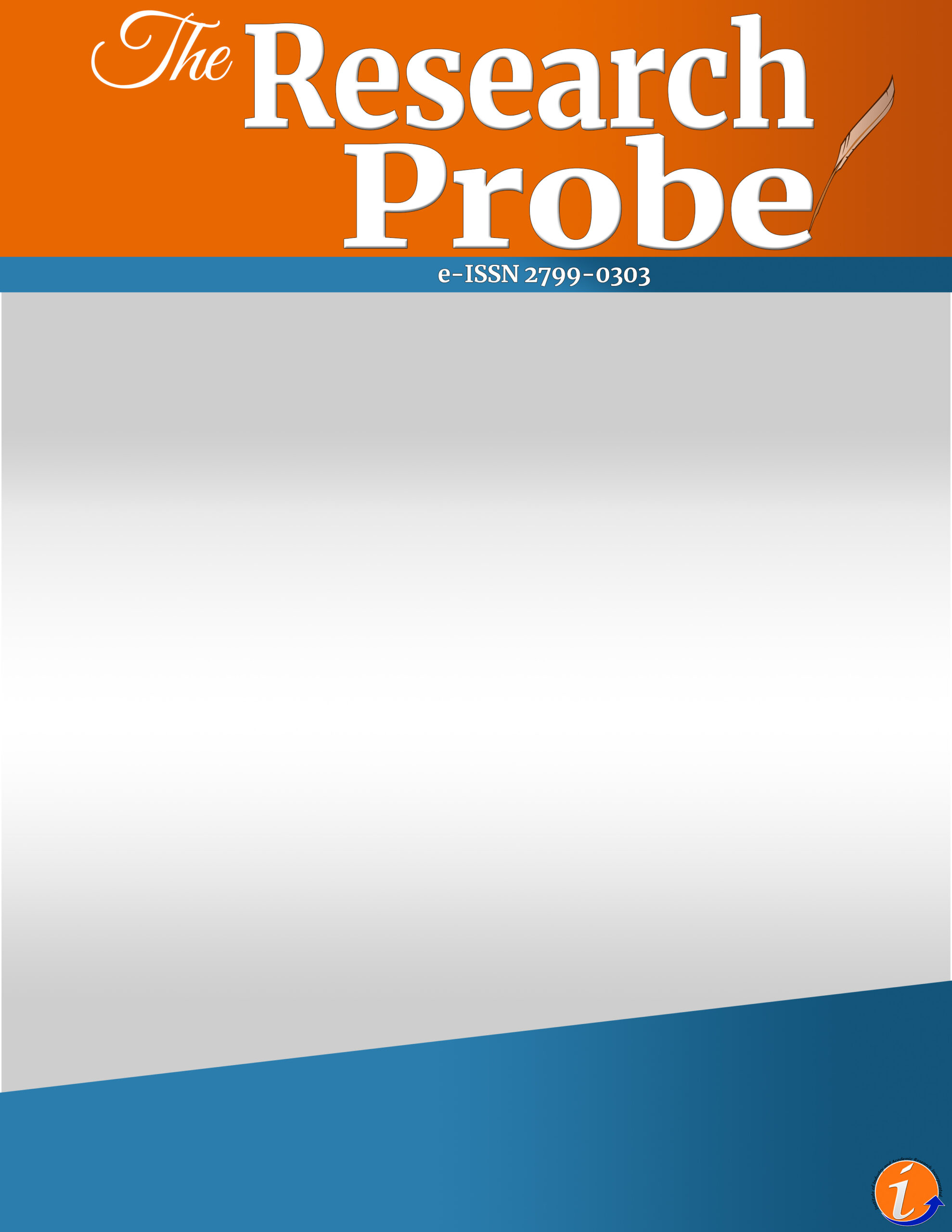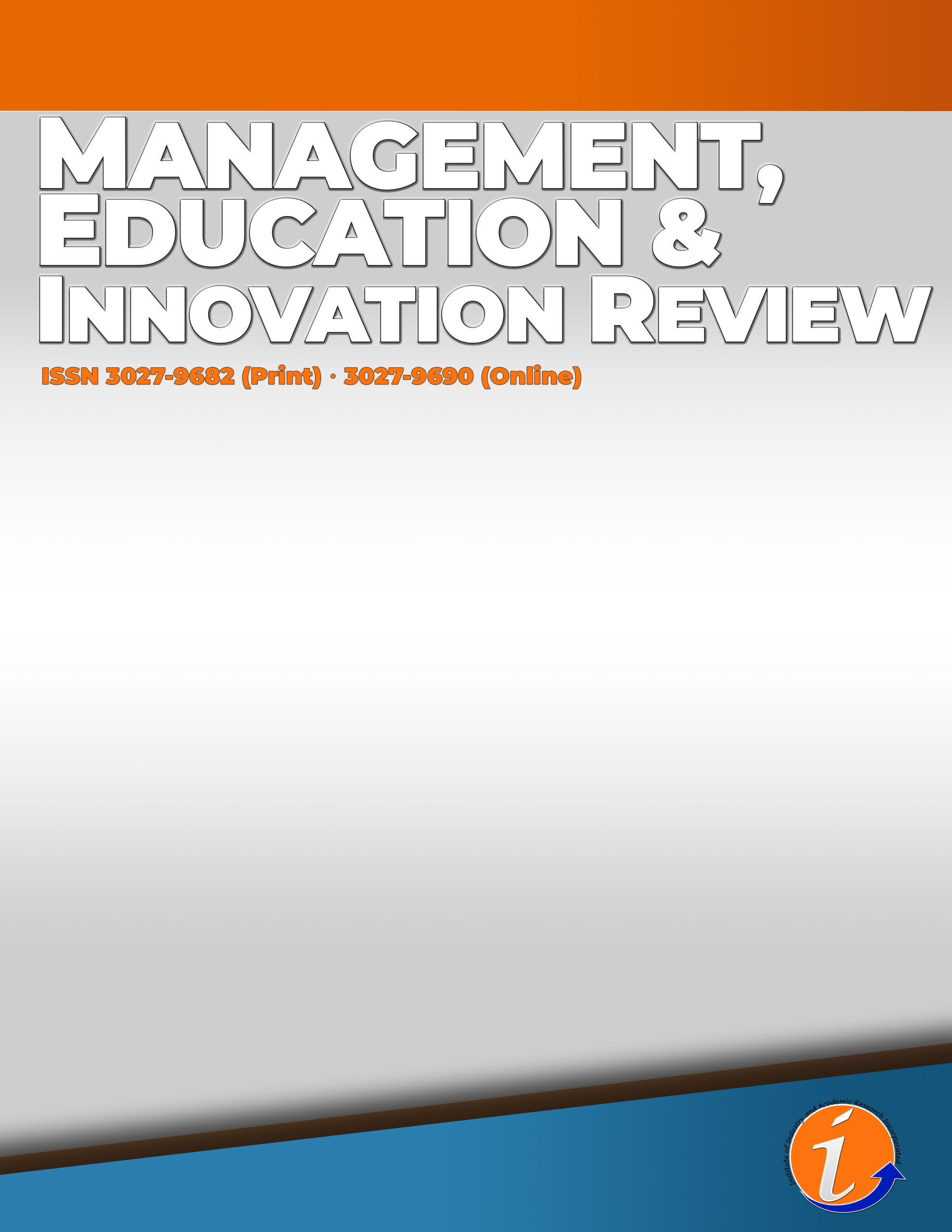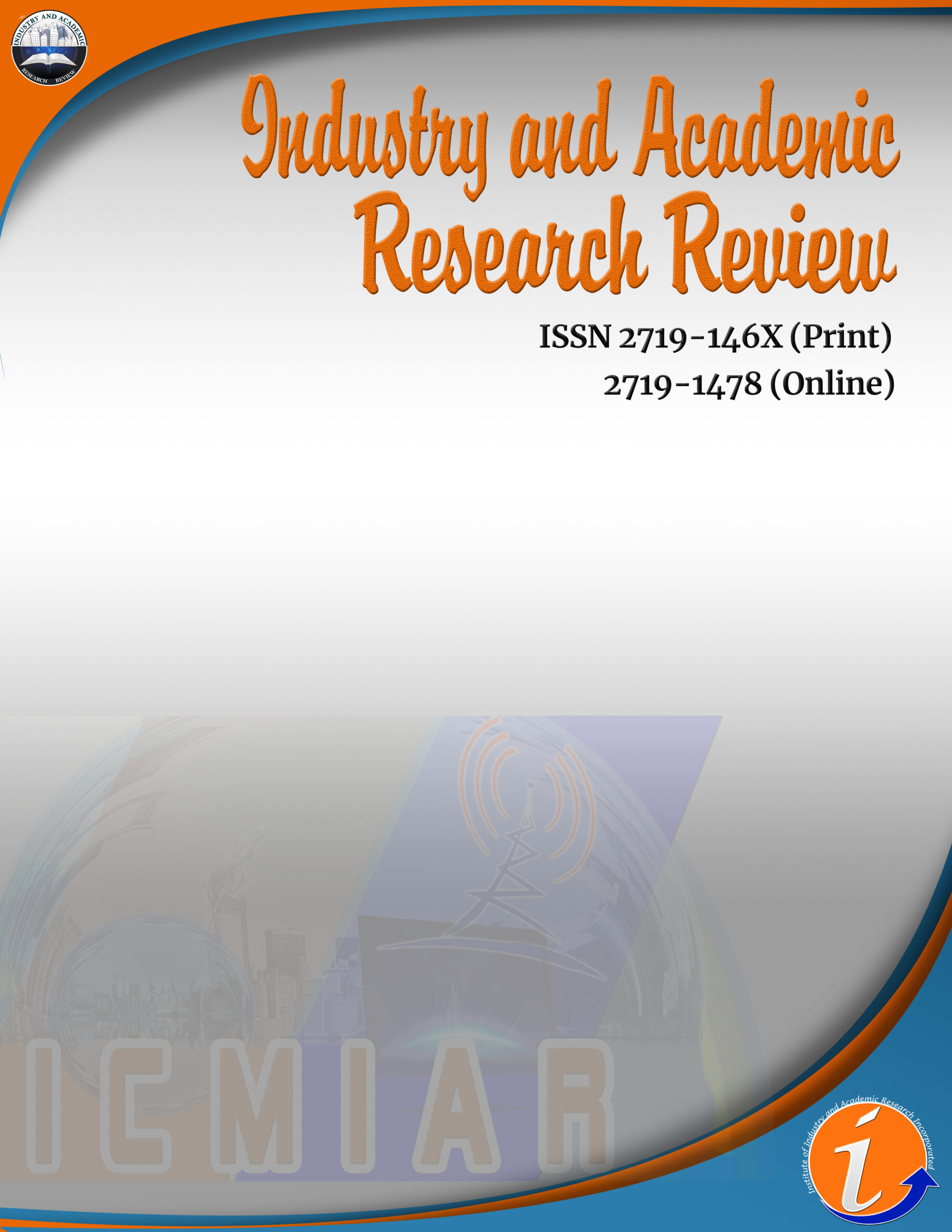The Philippines is one of the countries that produce proficient English speakers in the world. In the previous years, Filipino English proficiency is slowly declining and worsened due to the Covid-19 pandemic which impacted not only students but also the global workforce. Hence, several studies on the use of code-switching were proposed to find answers to such emerging problems; and to determine which medium of instruction aids students' English proficiency, the researchers conduct sequential-explanatory research about the intrusion of code-switching in exploring the principles of sentence and paragraph construction. A total of 60 students divided into two (2) groups: a) experimental group (code-switched class) b) control group (English only) underwent the pre-test, class intervention, and post-tests for quantitative data and a total of six (6) students from experimental groups underwent in-depth-interview. The results of the study emphasized that there are significant differences between the experimental and control group test scores. The findings from the qualitative data further explain the numeric data that the intrusion of code-switching in the class improves students' test scores and positively enhances comprehension, and knowledge, and reduces language anxiety. The study findings present strong indications that the use of code-switching aids students' English proficiency. This study highlights the implication to determine the type of code-switching appropriate to use in a language classroom.
: Code-switching, sequential-explanatory, medium of instruction, English proficiency, STCAST
Dyan Kiem R. Parcon. LPT, Bachelor of Secondary Education Major in English. College Instructor
Diobein C. Flores. Doctor of Education, Doctor of Public Administration, College President
License:
![]()
This work is licensed under a Creative Commons Attribution (CC BY 4.0) International License.







